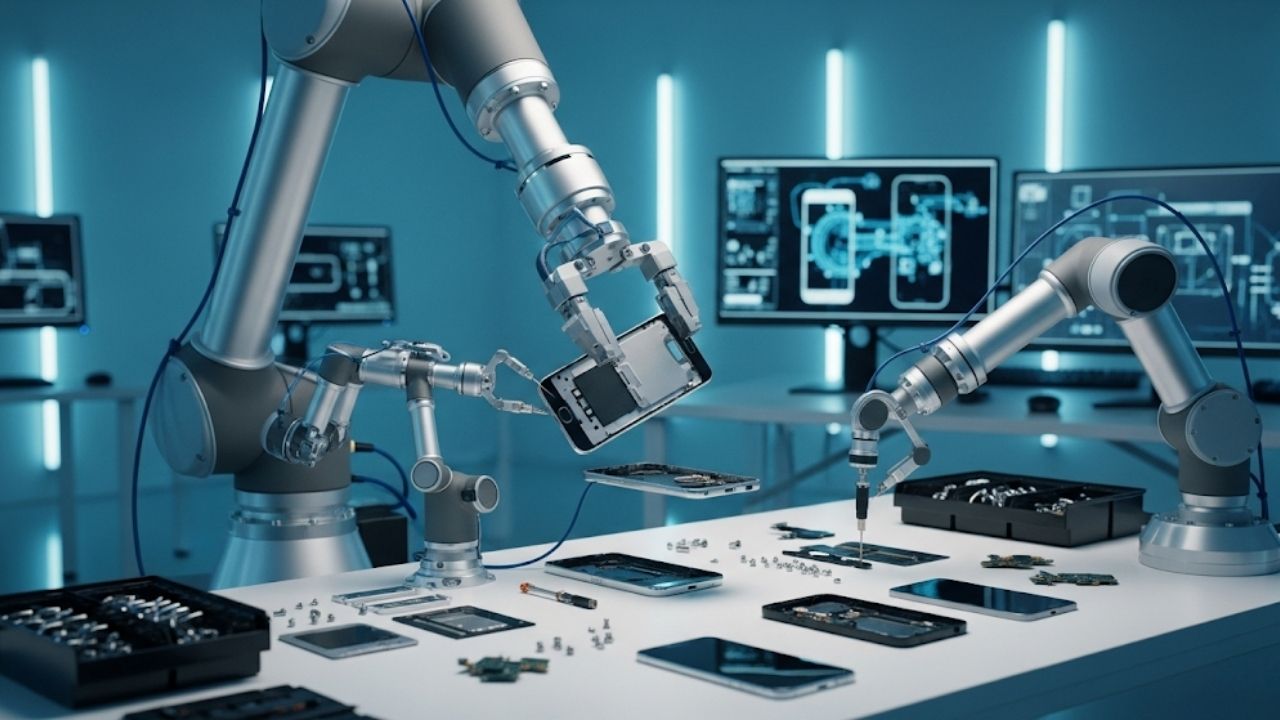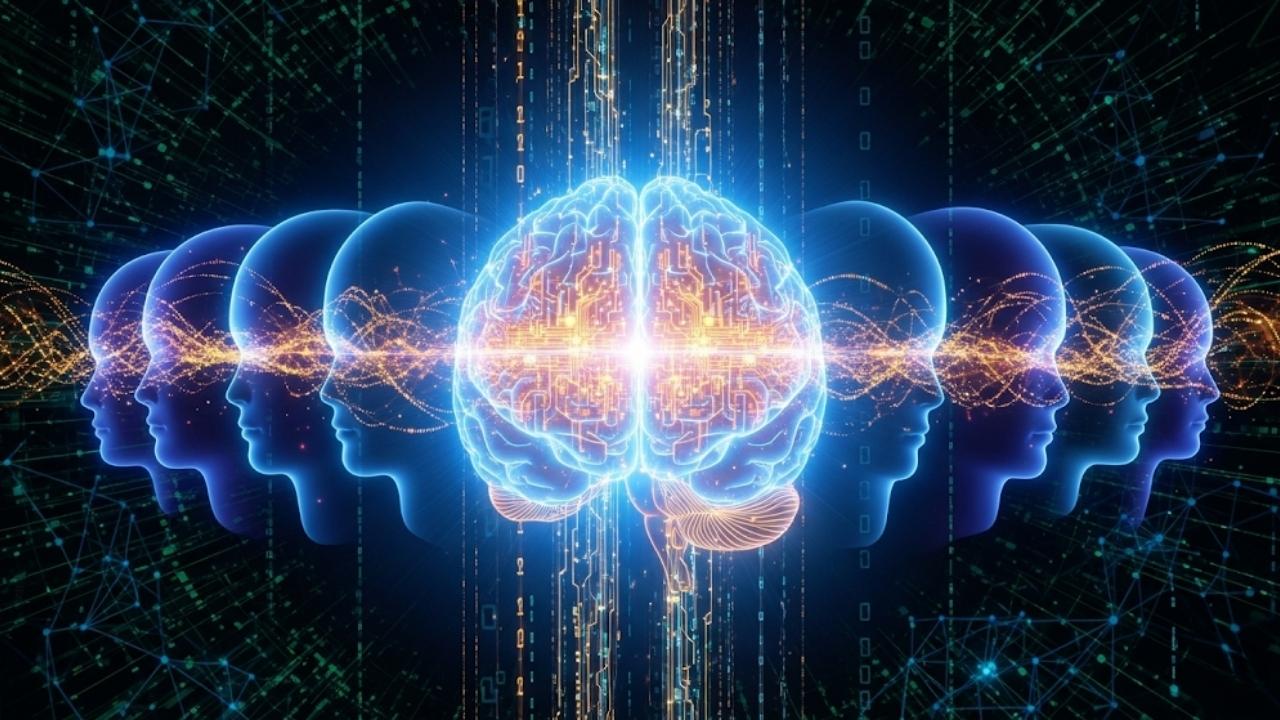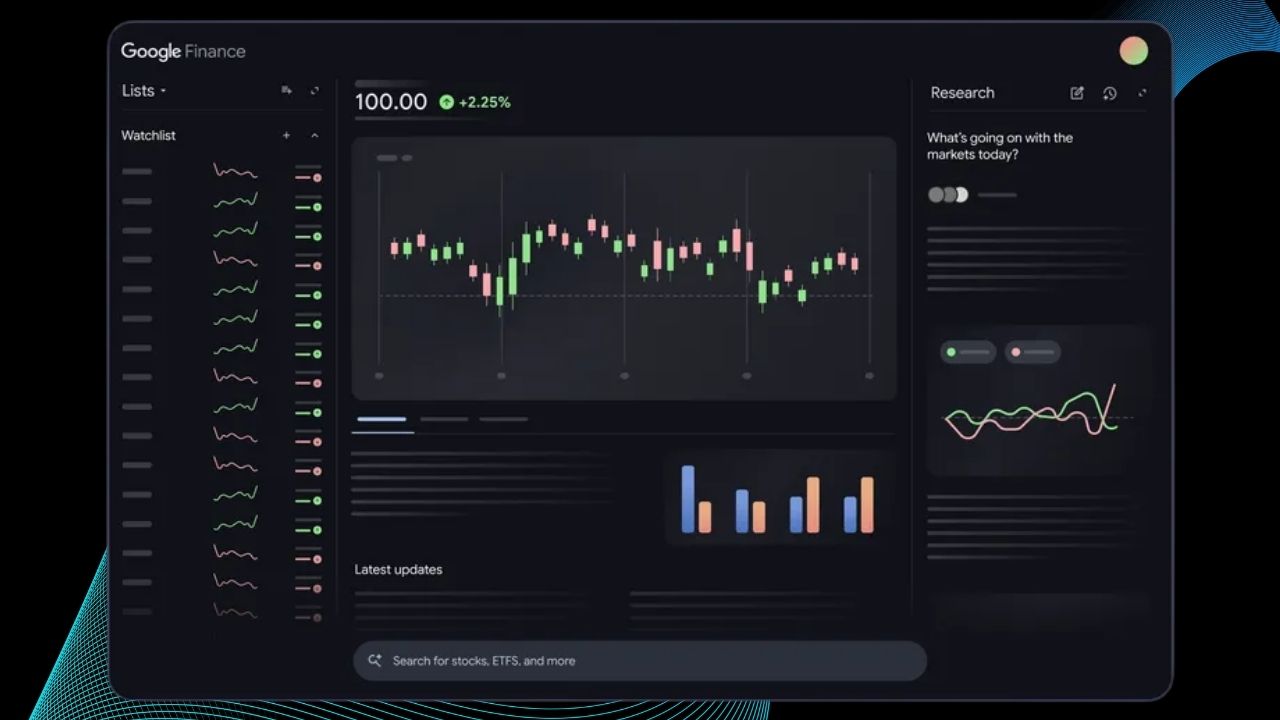Elon Musk’s artificial intelligence company, xAI, has recently received official approval to operate natural gas turbines to power its massive supercomputer project in Memphis, Tennessee. This project, known as Colossus, aims to build the world’s largest AI supercomputer, promising to revolutionize artificial intelligence research and position Memphis as a global technology hub. This article explores the background, technology, environmental considerations, and broader implications of this groundbreaking initiative.
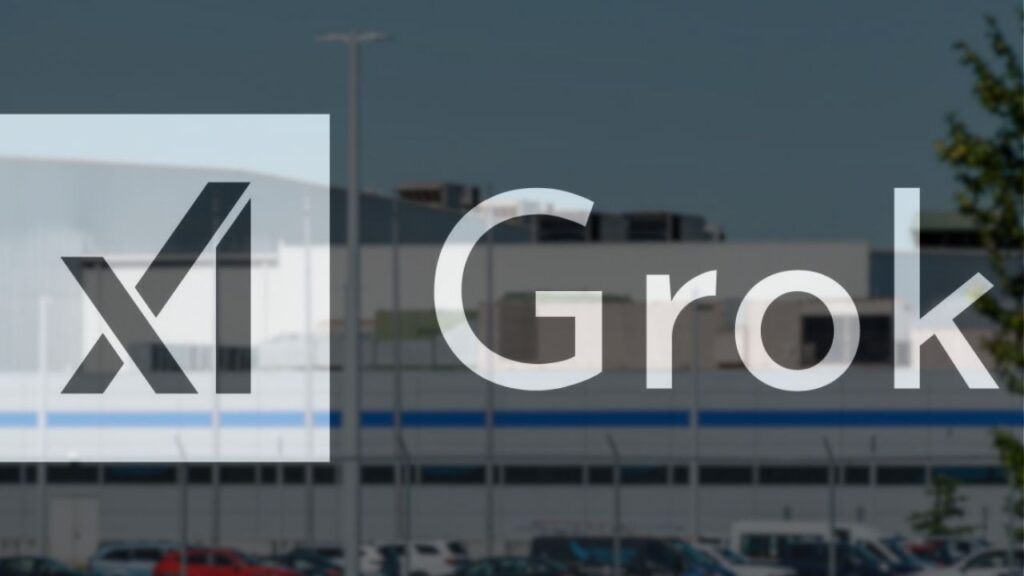
xAI Gets Greenlight for Turbines to Power Supercomputer in Memphis
| Feature/Stat | Details |
|---|---|
| Project Name | Colossus (Gigafactory of Compute) |
| Location | Memphis, Tennessee |
| Lead Company | xAI (Elon Musk’s AI venture) |
| Technology | Over 100,000 Nvidia H100 GPUs, expanding to 1 million GPUs |
| Power Source | 15 natural gas turbines supplemented by Tesla Mega Packs |
| Investment | Multi-billion dollar project with $80 million expansion |
| Job Creation | Approximately 320 new jobs in expansion phase |
| Main AI Application | Training and deploying AI models such as Grok chatbot |
| Environmental Concerns | Emissions of nitrogen oxides and formaldehyde; water use for cooling |
| Expected Full Operation | End of 2025 |
| Official Website | xAI Official Website |
Elon Musk’s xAI supercomputer project in Memphis represents a transformative leap in artificial intelligence technology and regional economic development. With the green light to power Colossus using natural gas turbines and cutting-edge cooling systems, Memphis is poised to become a global AI hub. While the project promises significant technological and economic benefits, it also underscores the importance of balancing innovation with environmental stewardship and community welfare. As Colossus powers up, it will be a defining example of how advanced computing can shape the future—responsibly and inclusively.
What Is xAI’s Colossus Supercomputer Project?
xAI, founded by Elon Musk, is developing Colossus, a supercomputer facility in Memphis designed to be the largest and most powerful AI computing cluster globally. This facility is intended to support the training and operation of advanced AI models, including xAI’s own chatbot, Grok, which competes with other AI systems like ChatGPT.
Why Memphis?
Memphis was selected due to several strategic advantages:
- Infrastructure: The city offers a large, vacant industrial space previously occupied by Electrolux, which can be rapidly converted for high-tech use.
- Energy Access: Memphis Light, Gas & Water (MLGW) provides reliable power infrastructure capable of supporting large-scale data centers.
- Economic Incentives: Local and state governments have actively supported the project with incentives and streamlined permitting to attract high-tech investment.
- Geographical Location: Memphis’s central location in the U.S. facilitates efficient data distribution and logistics.
The Scale and Technology Behind Colossus
Hardware Powerhouse
Colossus is designed to house over 100,000 Nvidia H100 GPUs initially, with plans to expand to 1 million GPUs by the end of 2025. Nvidia’s H100 GPUs are among the most advanced AI processors available, optimized for deep learning and large-scale AI workloads.
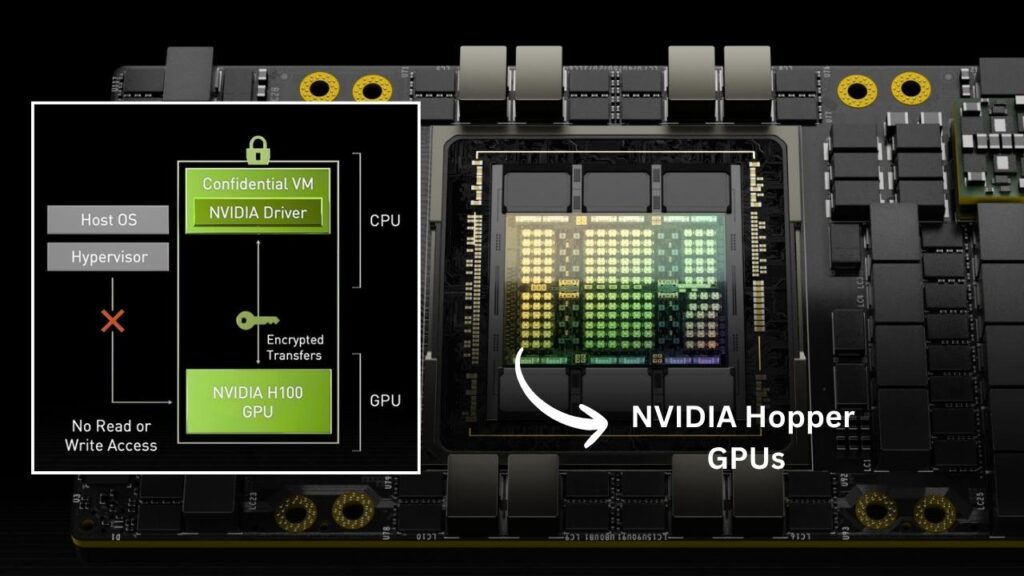
To put this in perspective:
- The current largest AI supercomputers have tens of thousands of GPUs; Colossus aims to be an order of magnitude larger.
- The facility spans over 1 million square feet, equivalent to approximately 17 football fields.
- The supercomputer’s power consumption is expected to reach 150 megawatts, enough to power around 100,000 average U.S. homes.
Cooling and Power Infrastructure
Operating such a massive supercomputer generates enormous heat. To manage this:
- xAI is implementing an advanced liquid cooling system that uses recycled wastewater to cool the GPUs efficiently.
- The facility will consume up to 1 million gallons of water daily for cooling purposes.
- Power will be supplied primarily by 15 natural gas turbines on-site, supplemented by Tesla Mega Packs—large-scale battery systems—to ensure grid stability and backup power.
Environmental and Community Considerations
Emissions and Air Quality
Natural gas turbines emit pollutants such as nitrogen oxides (NOx) and formaldehyde, which can affect local air quality and pose health risks, especially for vulnerable populations like children and those with respiratory conditions.
Local residents in nearby neighborhoods, particularly the historically Black community of Boxtown, have expressed concerns about increased pollution and its impact on health and quality of life.
Water Use and Sustainability
The facility’s cooling system relies heavily on recycled wastewater, reflecting an effort to reduce freshwater consumption. This approach is innovative but requires careful management to avoid potential environmental impacts.
Community Engagement and Oversight
- xAI must comply with strict environmental regulations, including emissions limits and regular testing.
- The Shelby County Health Department has granted permits but continues to monitor compliance.
- Community groups and environmental advocates are actively engaged, calling for transparency and ongoing oversight to ensure the project balances technological advancement with environmental responsibility.
Economic and Workforce Impact
Job Creation and Skills Development
The Colossus project is expected to create approximately 320 new jobs during its expansion phase, including:
- Data center technicians and engineers
- Environmental and safety specialists
- Construction and maintenance workers
- IT professionals specializing in AI and high-performance computing
These jobs offer opportunities for local residents and professionals seeking careers in cutting-edge technology sectors.
Broader Economic Benefits
- The project represents the largest new capital investment in Memphis’s history, injecting billions into the local economy.
- It is attracting other technology companies to the region, fostering a growing tech ecosystem known as the “Digital Delta.”
- Educational institutions in Memphis are beginning to align curricula to prepare students for careers in AI, data science, and related fields.
How Does a Supercomputer Like Colossus Work? A Step-by-Step Guide
- Hardware Installation: Thousands of GPUs and processors are installed in racks within a secure, climate-controlled data center.
- Power Supply: Electricity is generated on-site by natural gas turbines and stored in battery packs to maintain uninterrupted power.
- Cooling System: Liquid cooling circulates through the hardware, transferring heat away and maintaining optimal operating temperatures.
- Data Feeding: Massive datasets—text, images, code, and more—are fed into the system to train AI models.
- Model Training: The supercomputer runs complex algorithms, identifying patterns and learning from data to improve AI performance.
- Deployment: Trained AI models are deployed for real-world applications, such as chatbots, scientific research, and autonomous systems.
- Continuous Learning: The system continuously updates and refines AI models as new data becomes available.
Practical Advice for Professionals and Students
- For IT and Engineering Professionals: Skills in GPU computing, cloud infrastructure, AI model development, and environmental compliance will be highly sought after.
- For Students: Pursuing education in computer science, data science, electrical engineering, and environmental science can open doors to careers in this rapidly growing sector.
- For Local Businesses: Opportunities exist to partner with xAI and other tech firms, providing services ranging from logistics to facility maintenance.
Meta Launches New AGI Lab to Dominate the Future of Artificial Intelligence
Ooredoo and NVIDIA Unite to Build Qatar’s Supercharged AI Future
FAQs About xAI Gets Greenlight for Turbines to Power Supercomputer in Memphis
Q: What is the primary goal of the Colossus supercomputer?
A: To train and operate advanced AI models, including xAI’s Grok chatbot, and support scientific and technological research.
Q: How much power will the facility consume?
A: Up to 150 megawatts at peak operation, comparable to the energy needs of 100,000 homes.
Q: What environmental measures is xAI taking?
A: Using wastewater recycling for cooling, adhering to emissions regulations, and implementing battery backups to reduce grid strain.
Q: How many jobs will the project create?
A: Approximately 320 new jobs during the expansion phase, with additional indirect economic benefits.
Q: When is the supercomputer expected to be fully operational?
A: By the end of 2025.
Q: How can the local community stay informed?
A: Through public meetings, Shelby County Health Department updates, and xAI’s official communications.

